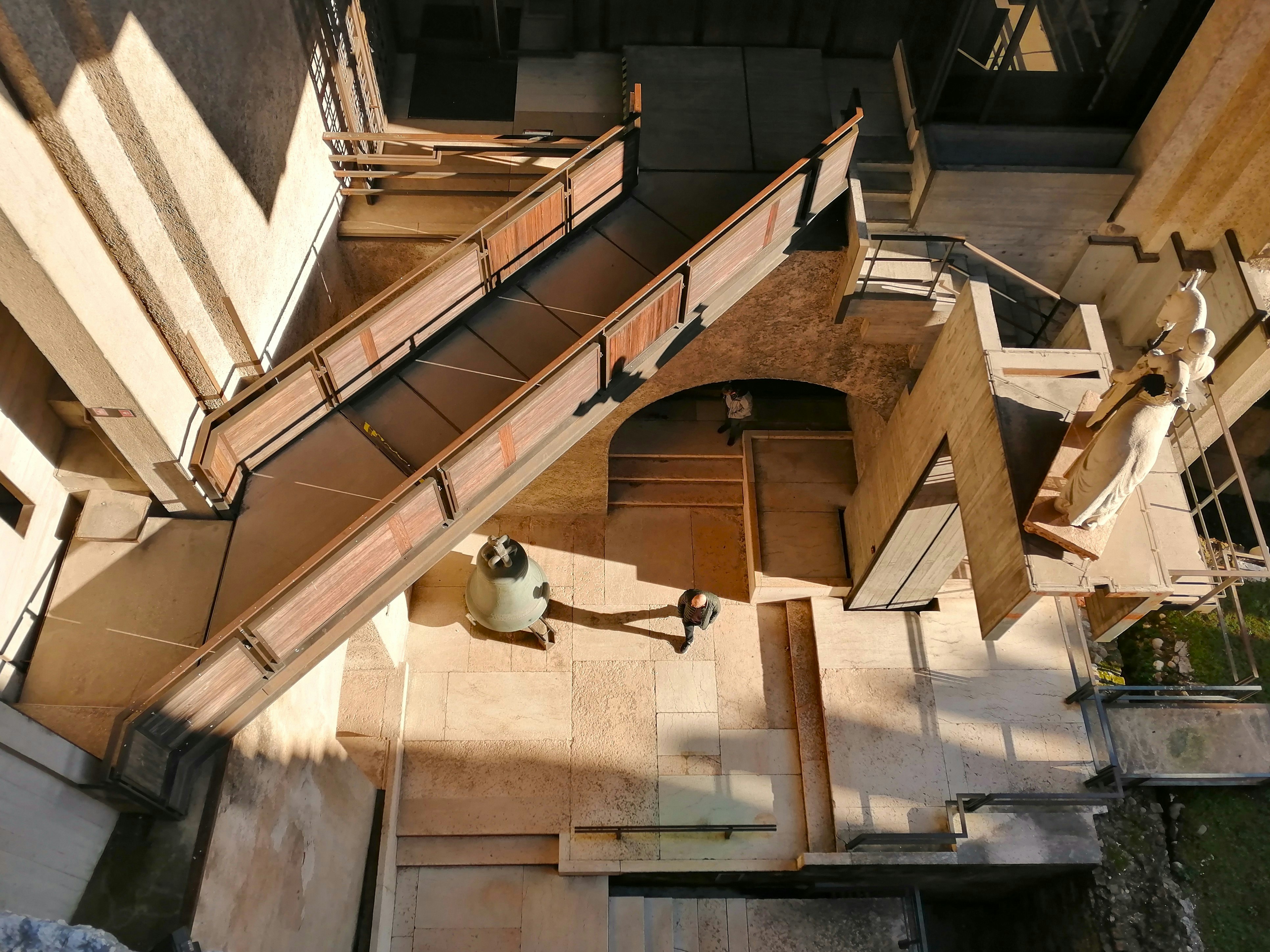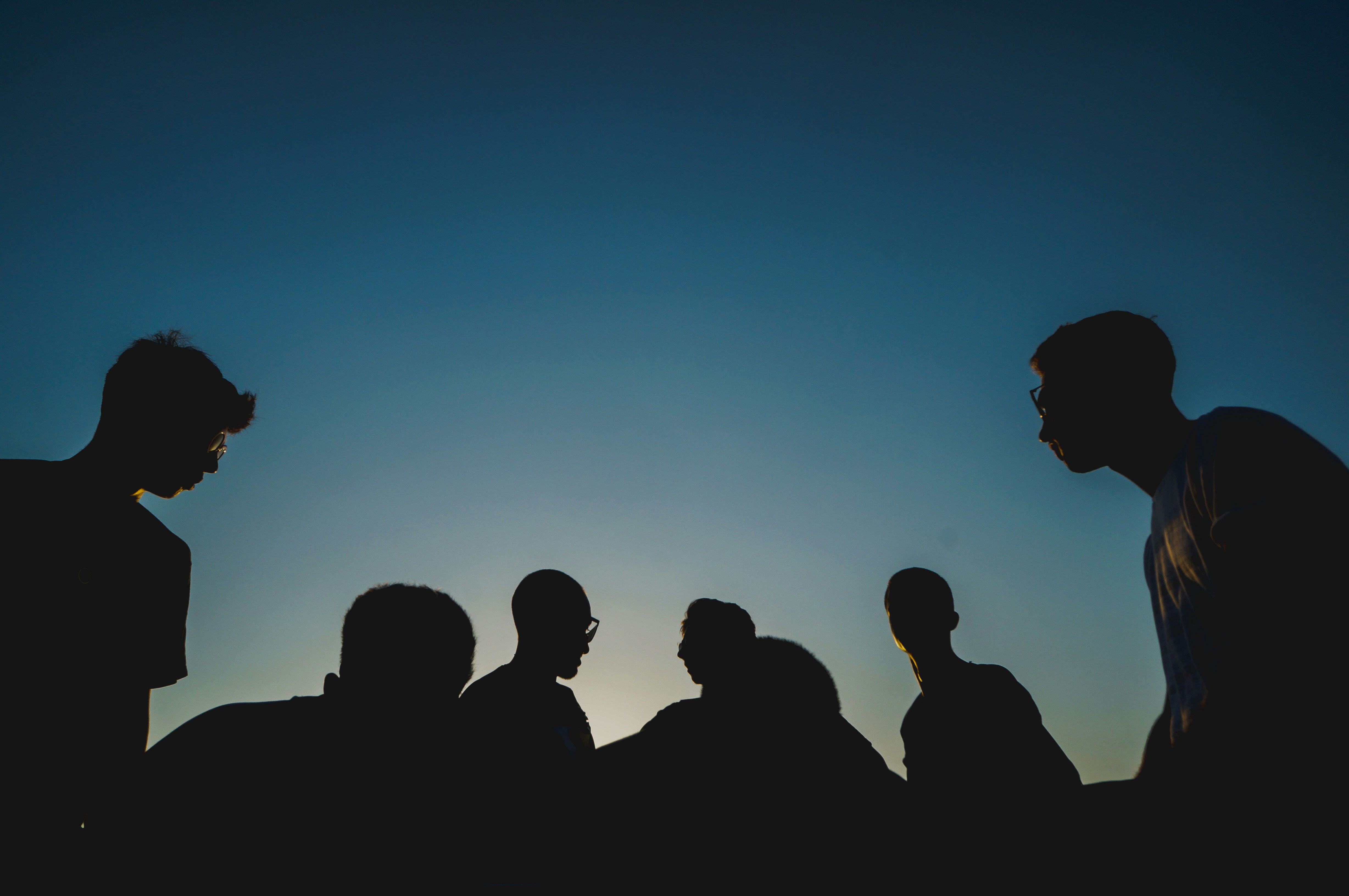How can VR shooting zones be optimized for group experiences?
Introduction to VR shooting zones
Virtual reality (VR) is transforming the way we interact with technology, and VR shooting zones are at the forefront of this evolution. Imagine stepping into a digital battlefield where you can team up with friends or colleagues to take on challenges together. With immersive experiences that make you feel like you’re in another world, these zones offer something truly unique for groups seeking adventure.
But what makes VR shooting zones stand out? It’s not just about individual gameplay; it’s about shared experiences that foster collaboration, communication, and camaraderie among participants. Whether you’re planning a corporate outing, birthday party, or simply looking for an exciting day out with friends, optimizing these spaces for group interactions can elevate the experience to new heights.
Discover how harnessing cutting-edge techniques can turn ordinary visits into unforgettable adventures!
Benefits of group experiences in VR shooting zones
Group experiences in VR shooting zones offer a unique way to enhance social interaction. Friends, family, or colleagues can bond over shared challenges and victories while immersed in thrilling virtual environments.
These collaborative adventures foster teamwork and communication skills. Players learn to strategize together, creating a sense of camaraderie that extends beyond the game.
Additionally, group settings often amplify excitement levels. The energy from teammates can lead to unforgettable moments filled with laughter and friendly competition.
Furthermore, VR shooting zones provide an escape from daily routines. Participants can step into fantastical worlds together, making memories that stand out amid life’s monotony.
These immersive experiences cater to various skill levels. Everyone can participate regardless of prior gaming experience—ensuring inclusivity within the group dynamic.
Challenges faced in optimizing VR shooting zones for groups
Creating an immersive experience in VR shooting zones for groups comes with unique challenges. One major hurdle is ensuring that all participants have a seamless interaction within the virtual environment. Lag or glitches can break immersion and frustrate users.
Another issue lies in spatial awareness. In crowded areas, players may unintentionally collide, disrupting gameplay and safety. Designing layouts VR Shooting Zones for Groups that accommodate movement while maintaining a competitive atmosphere is crucial yet complex.
Moreover, balancing skill levels among participants presents difficulties. A novice might feel overwhelmed when paired with seasoned players, leading to disengagement rather than camaraderie.
Technical limitations also pose problems. High-quality graphics demand significant processing power, which could affect group experiences if not managed properly. Ensuring adequate hardware and software support is essential for optimal performance during multiplayer sessions.
Techniques for optimizing VR shooting zones for groups

Multiplayer games are a fantastic way to immerse groups in VR shooting zones. They foster cooperation and healthy competition, allowing players to engage with each other directly. Teams can strategize together, enhancing the overall experience.
Customizable settings and levels also play a crucial role. By tailoring environments or difficulty settings, participants can enjoy challenges that suit their skill levels. This flexibility keeps everyone engaged and encourages repeat visits.
Team-building exercises offer another valuable approach. Incorporating mission-based activities helps strengthen bonds among participants while they work toward common goals. These experiences create lasting memories beyond just gaming.
Ensuring ample space for movement is essential in group scenarios. Participants should feel comfortable navigating their environment without bumping into others or losing immersion during gameplay.
A. Multiplayer games and scenarios
Multiplayer games are a cornerstone of VR shooting zones for groups. They transform individual experiences into thrilling team competitions. This fosters camaraderie and excitement among players.
Imagine a scenario where friends or colleagues could engage in intense battles together. Teamwork becomes essential as they strategize, communicate, and overcome challenges side by side. Each player can find their role within the group dynamic, enhancing engagement.
These multiplayer formats allow for various game types, from cooperative missions to competitive arenas. Players can choose to take on enemies collectively or challenge one another in friendly rivalry.
The immersive nature of VR amplifies these interactions. Participants feel like they’re truly part of the action, heightening emotions and investment in gameplay outcomes. Such shared experiences create lasting memories that enhance social bonds both inside and outside the virtual world.
B. Customizable settings and levels
Customizable settings and levels can elevate the experience in VR shooting zones for groups significantly. When players have the ability to tailor their environment, it fosters creativity and enhances engagement.
Imagine adjusting difficulty modes or choosing specific themes that resonate with your group’s interests. Whether it’s a futuristic cityscape or a post-apocalyptic wasteland, customization makes every session unique.
Participants also benefit from setting parameters like time limits, scoring systems, or even environmental challenges. This not only adds layers of strategy but encourages teamwork as they navigate through tailored obstacles together.
The thrill of personalizing VR Shooting Area experiences ensures that each visit feels fresh and exciting. It transforms standard gameplay into something memorable where camaraderie flourishes amidst competition. With these options available, groups can truly immerse themselves in dynamic adventures designed just for them.
C. Team building exercises

Team building exercises in VR shooting zones offer a dynamic way to foster collaboration and communication among participants. By immersing players in engaging scenarios, these activities encourage teamwork and strategic thinking.
In a virtual environment, groups can face challenges that require them to work together. Whether it’s defending a base or completing missions, the experience demands cooperation. Participants learn how to rely on each other’s strengths while navigating obstacles.
Moreover, VR allows for real-time feedback on performance. Teams can analyze their strategies post-game to improve future interactions. This reflection enhances learning and builds camaraderie among members.
The immersive nature of VR ensures that team-building feels less like an obligation and more like an adventure. The excitement of competing together fosters bonds that extend beyond the virtual world into everyday life, enhancing workplace dynamics or friendships alike.
Case studies of successful group experiences in VR shooting zones
One notable case study comes from a corporate team-building event at a leading tech firm. They organized an afternoon in VR shooting zones, focusing on multiplayer missions that required strategic collaboration. The result? Enhanced teamwork and communication skills among employees.
Another example involves a local school organizing field trips to VR shooting zones for students. By integrating educational elements into the gaming experience, teachers reported increased engagement and improved social interactions among classmates.
A popular entertainment venue hosted themed nights where friends competed in groups. Feedback showed participants enjoyed not just the competition but also bonding over shared experiences within immersive environments.
These examples highlight how various settings can create memorable group dynamics through tailored VR shooting zone experiences. Each case underlines the potential of virtual reality to transform traditional activities into engaging collective adventures.
Future possibilities and advancements in group VR experiences
As technology continues to evolve, the future of VR shooting zones for groups is filled with exciting possibilities. Enhanced hardware will allow for more immersive environments, creating realistic scenarios that captivate users.
Imagine fully interactive avatars and lifelike graphics that respond seamlessly to player movements. This innovation could elevate group dynamics, encouraging teamwork and strategy in ways never before possible.
Moreover, the integration of artificial intelligence will enable personalized experiences tailored to individual skill levels and preferences. No two sessions would feel the same, keeping participants engaged and challenged.
Networking capabilities may also expand, allowing players from different locations to join forces in real-time. Virtual reality could bridge distances like never before.
With emerging technologies like haptic feedback suits and sensory enhancements, these shared experiences can become even more exhilarating. The future holds endless potential for unforgettable moments in group VR settings.
Conclusion
The world of VR shooting zones for groups is ever-evolving, offering exciting possibilities for immersive experiences. As technology advances, the potential for enhanced multiplayer interactions grows. By embracing innovative techniques and addressing challenges, operators can create unforgettable group adventures that foster teamwork and engagement.
As we look ahead, the integration of augmented reality features or AI-driven scenarios could redefine how groups interact in these settings. The future holds promise not only for entertainment but also for educational applications that leverage VR’s capabilities to teach skills in a fun environment.
Optimizing VR shooting zones for groups presents an opportunity to revolutionize social gaming experiences. Engaging with friends or colleagues in virtual realms leads to stronger bonds and shared memories that last beyond the session itself. By focusing on collaboration and creativity within these spaces, operators will find themselves capturing the attention of more visitors eager to experience what VR has to offer together.

